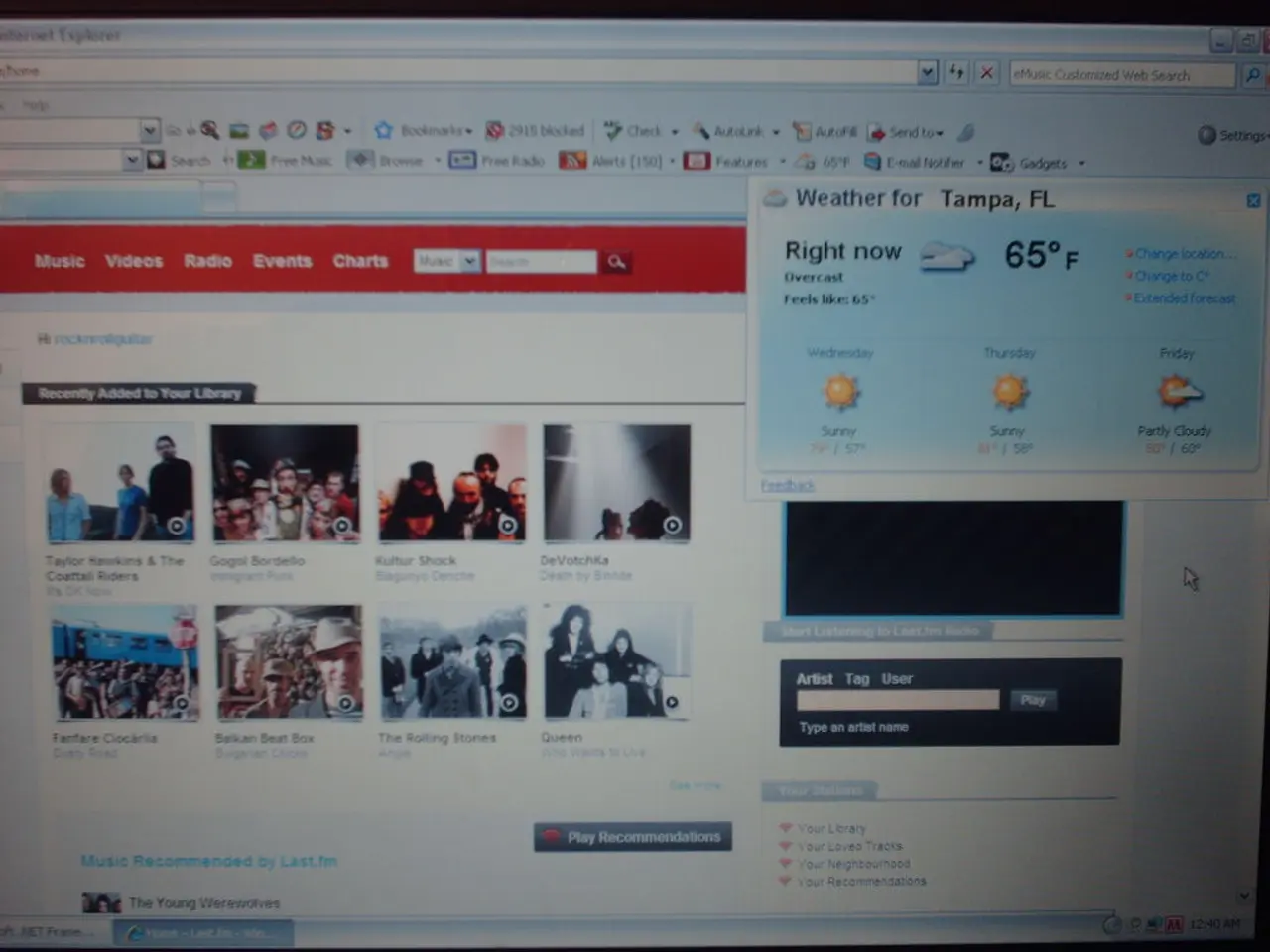Social Media's Traditional Form Face Potential Demise as Web3 Ascends: A Look at the Future of Online Networking
In the ever-evolving world of social media, a new player is making its mark: Web3. This decentralised platform, built on blockchain technology, offers an alternative to traditional social media, promising greater control, ownership, and financial opportunities for users.
Web3 operates on distributed networks, ensuring transparency, reducing censorship risks, and giving users greater control over their digital presence. It enables greater privacy, true content ownership, and a more direct relationship between creators and their audiences. This is made possible through token-based economies, where creators can own digital assets, sell NFTs, and earn from their communities directly.
However, Web3 faces several challenges. Regulatory uncertainty, including government scrutiny and legal gray areas, is a hurdle for Web3 platforms. Scalability and performance issues, like slow transactions and high costs, are also obstacles. User adoption barriers, such as technical complexity and lack of mainstream awareness, are significant challenges. Security concerns, such as hacks, exploits, and lack of user protections, are also challenges for Web3 social media.
Despite these challenges, Web3 social media offers a more user-centric digital experience. Decentralized governance allows users to vote on platform decisions via smart contracts and DAOs. Web3 networks operate on decentralized protocols, smart contracts, and token-based incentives. These features remove intermediaries, making transactions more straightforward and decisions more transparent.
The future of social media may not be a battle between old and new, but rather a fusion of both. Traditional social media platforms, with their massive user bases, ease of use, and established moderation and security measures, will continue to dominate. However, we can expect to see Web3 features integrated into these platforms, offering users more control while maintaining accessibility and security.
The current status in the social media industry shows a strong focus on short videos, community engagement, and user-generated content as key trends for 2025. Platforms are continuing to be corporate-led but increasingly emphasizing user influence through community and authenticity. While there is no full shift to user-led networks, trends like AI tools, social commerce, and privacy as a brand promise indicate evolving dynamics between platforms and users.
In conclusion, Web3 represents a significant shift in the social media landscape, offering greater control, ownership, and financial opportunities for users. However, to succeed, Web3 social media must address usability, security, and regulatory issues. The future of online communities may be a blend of both Web2 and Web3 models, balancing innovation with accessibility.




